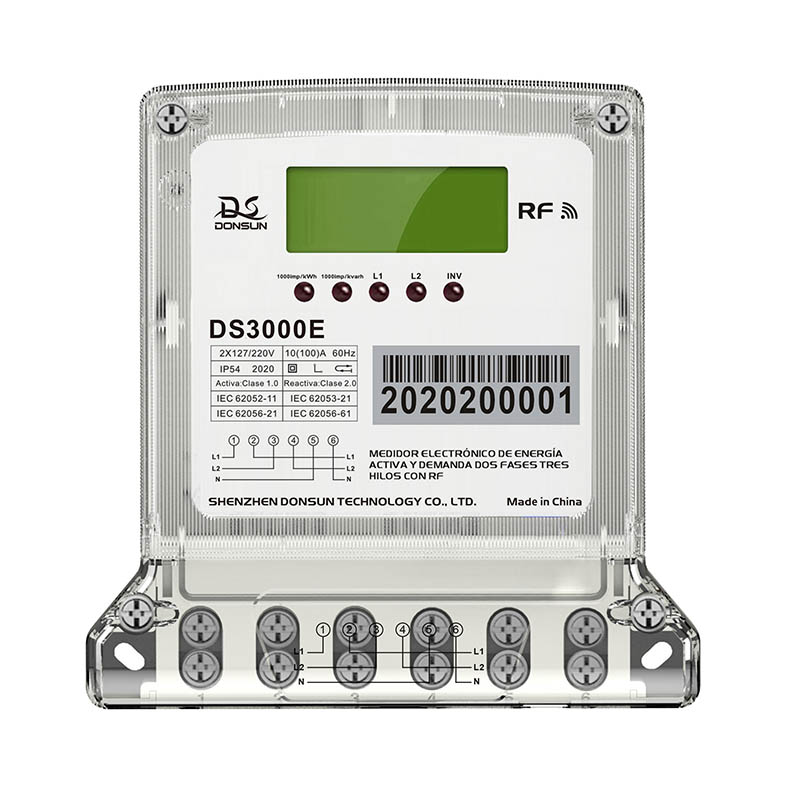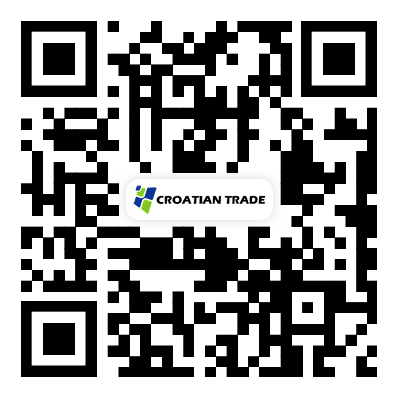Introduce the 2 Phase Energy Meter in detail
2023-10-16
A two-phase energy meter, also known as a 2-phase electricity meter, is a type of electrical metering device used to measure and record the consumption of electrical energy in a two-phase power system. Unlike single-phase meters, which are used in residential settings, two-phase meters are typically employed in commercial and industrial applications where the power demand exceeds the capacity of a single-phase supply.
In a two-phase power system, there are two alternating currents (AC) that are out of phase with each other by 90 degrees. These two phases typically have the same voltage magnitude but are offset in time. The two-phase energy meter is designed to accurately measure and record the energy consumption for each of these phases separately.
Here are some key features and components of a two-phase energy meter:
1. Metering Mechanism: The two-phase energy meter consists of a metering mechanism that includes current transformers (CTs) and voltage transformers (VTs). The CTs are responsible for measuring the current flowing through each phase, while the VTs measure the voltage of each phase. These transformers step down the current and voltage to a level that can be accurately measured by the meter.
2. Measurement Circuitry: The metering mechanism is connected to the measurement circuitry of the energy meter. This circuitry processes the signals from the CTs and VTs to determine the instantaneous power consumption for each phase.
3. Display: The two-phase energy meter typically has a digital or analog display that shows various energy-related parameters. These parameters can include real-time power consumption, voltage, current, power factor, and total energy usage for each phase.
4. Data Communication: Many two-phase energy meters have built-in communication capabilities, allowing them to transmit energy consumption data to a central data collection system. This enables remote monitoring and management of energy usage.
5. Tariff Calculation: The energy meter may also include tariff calculation functionality, which determines the cost of energy consumed based on predetermined pricing structures. This feature is especially useful in commercial and industrial settings where different tariff rates may apply during different times of the day.
Benefits of Two-Phase Energy Meters:
1. Accurate Measurement: Two-phase energy meters provide accurate measurement of energy consumption for each phase, allowing for precise monitoring and billing purposes.
2. Load Balancing: In applications where electrical loads are distributed unevenly between the two phases, two-phase energy meters help identify load imbalances. This information can be used to optimize the load distribution and prevent overloading of a single phase.
3. Efficient Billing: By separately measuring the energy usage of each phase, two-phase meters enable accurate billing for commercial and industrial customers who may have different energy consumption patterns across the phases.
4. Power Quality Analysis: Two-phase energy meters can provide insights into the power quality of each phase, including voltage fluctuations and harmonic distortions. This information is valuable in identifying and addressing power quality issues.
5. Monitoring and Control: The ability to remotely monitor and manage energy consumption data through communication-enabled two-phase meters facilitates efficient energy management practices, such as load shedding, demand response, and energy efficiency initiatives.
It is important to note that the specific features and functionalities of two-phase energy meters can vary depending on the manufacturer and the specific requirements of the application.



